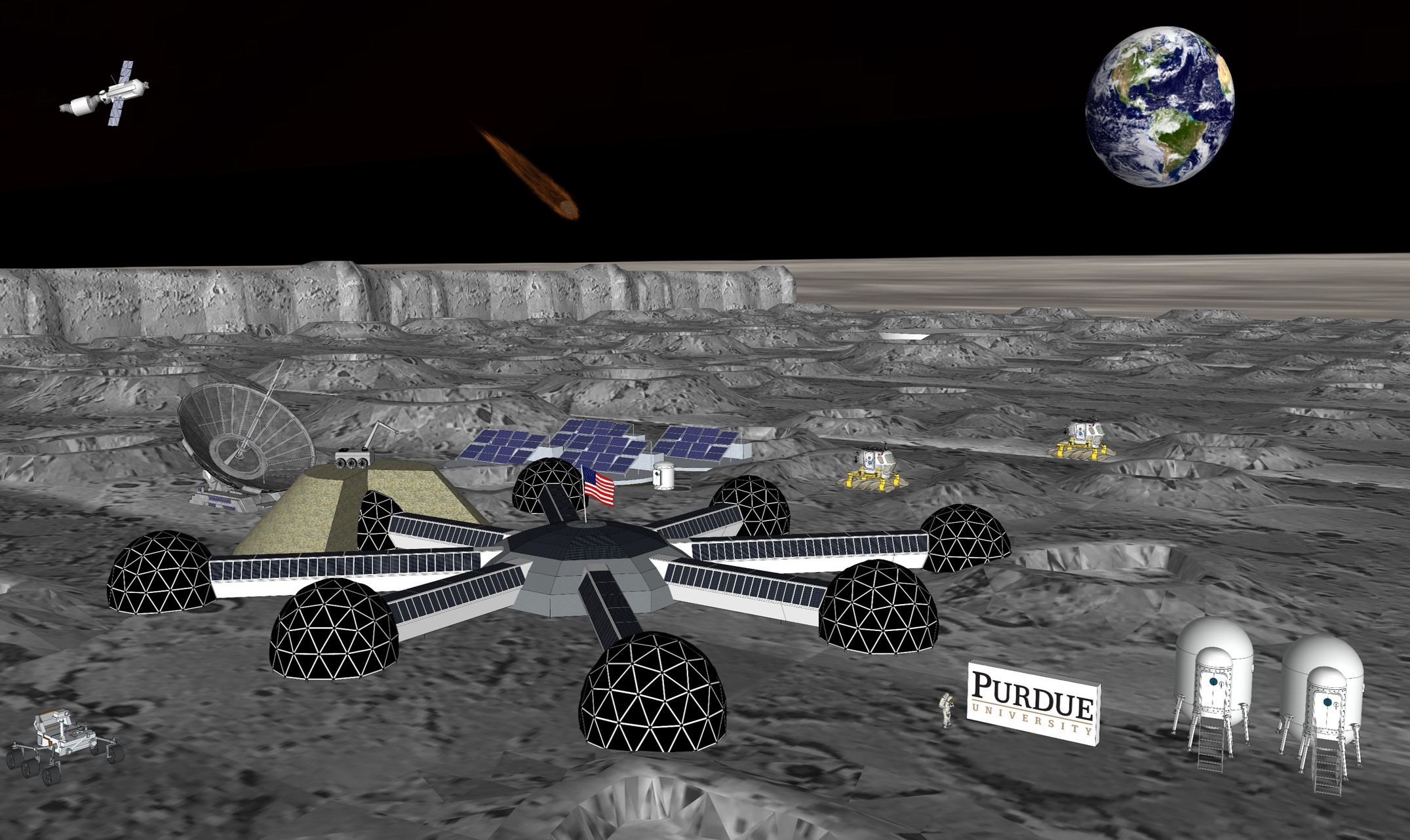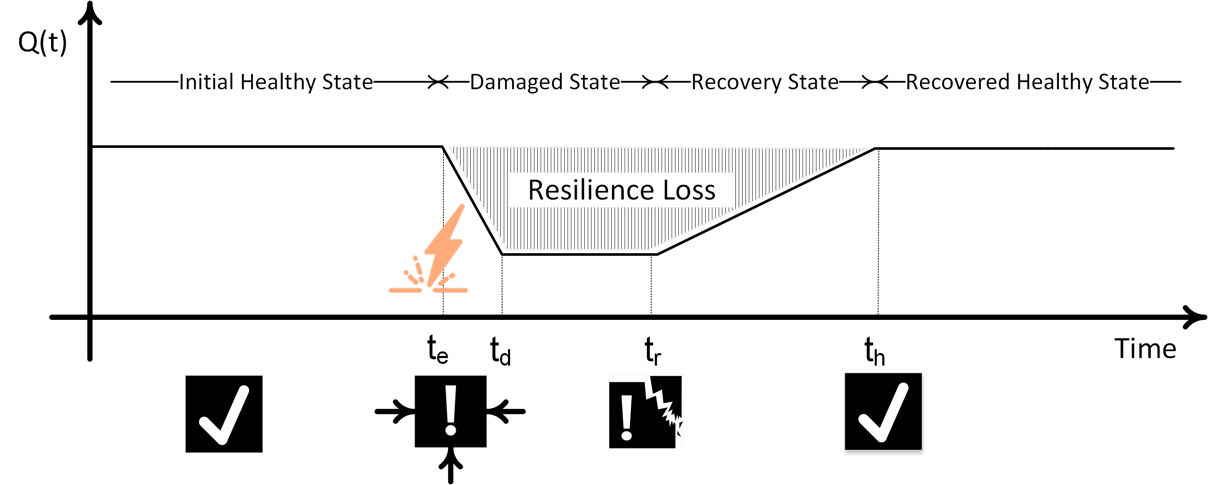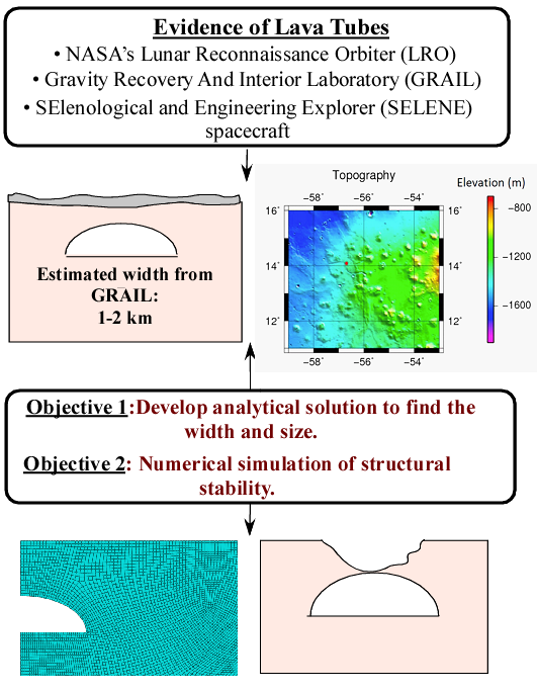The design of sustainable, long-term human settlements represents a multidisciplinary engineering and scientific grand challenge for humanity. Beyond the protection of Earth’s atmosphere, future space explorers and colonists face new threats stemming from the lack of air pressure, oxygen, extreme temperature fluctuations and hazards such as meteorite impacts and intense particle radiation. Countering these challenges to provide livable conditions in Space will require the highest applications of engineering and technology.
In the context of permanent extraterrestrial habitation, resilience and safety should be given consideration early on. An Earth-independent permanent extraterrestrial habitat (EIPEH) system should function, as intended, under continuous disruptive conditions, such as wild temperature fluctuations, galactic cosmic rays, as well as discrete disruptive events, such as meteoroid impacts, ground motions, solar particle events, and equipment failures. In this study, resilience is understood as the ability of a system to adapt, absorb and recover quickly from a disruption, whether expected or unexpected, without fundamental changes in function or sacrifices in safety. Note that resilience is an umbrella under which other factors can be found, for instance reconfigurability, robustness, scalability and rapidity:
- Reconfigurability is the ability to change configuration to enable an EIPEH system to perform at multiple system perfor-mance levels. Robustness is the ability of an EIPEH sys-tem to continue to function as intended during disrup-tive conditions.
- Scalability is the ability to grow, with resilience, the size of an EIPEH system.
- Rapidity is the ability of an EIPEH system to repair structures and restore functionality in a timely manner, containing losses and avoiding cascading and/or escalating events.



In the context of extreme environments, there is much experience gained in terms of an approach to designing and constructing habitats that are resilient to disturbances, usually in the form of natural and manmade hazards. It is especially important to design buildings whether for habitation, laboratory or manufacturing, that are capable of responding to prevailing conditions, not only as a protective measure, but also to enable future generations to thrive under such conditions..


